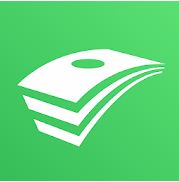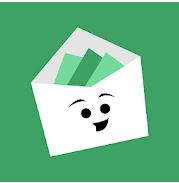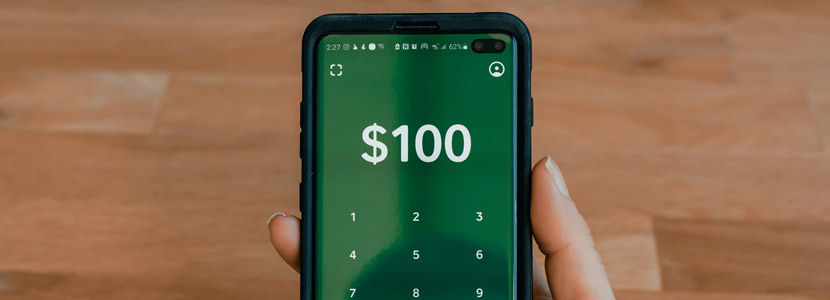Are you a budget-conscious person looking for an easy way to help manage your finances? If you are reading this, we know you are interested in spending less and saving more. One important aspect to this formula is to have a good understanding of your finances, i.e. a budget. Budgets used to mean putting pen to paper, keeping all your receipts, and the tedious task of balancing your checkbook. Then it progressed to your computer. However, now you can easily download a free budgeting app that only requires an initial setup and weekly check in.
Budgeting apps are very popular today and for good reason. Some of these apps will even let you link your bank accounts and categorize your spending. Say goodbye to the time spent manually writing down all the numbers or even putting the numbers into a spreadsheet. There is nothing wrong with this approach. It works. However, we have found that people prefer the convenience of a free budgeting app on their phone to manage finances.
How much does a budgeting app cost?
The easy answer is that depends. However, all of the apps listed within this article offer a free option. You can always choose to upgrade later on if you find you need more options than the free version provides.
How does a budgeting app work?
Budgeting apps can help you manage your money, build your savings and understand your spending habits. You need to put each of your dollars to work! That way you know where the money from your paycheck is going. It can also help you stay on track to save for goals. Having a visual representation of your progress can be a big motivator too.
Typically, you have two choices when setting up your budget within an app:
- Choose a manual style for linking income and each expense
- Choose a passive style, meaning you link your bank and credit card accounts, then just check-in as often as you wish to review
Is my financial info safe on a budgeting app?
The short answer is, yes. Each app has its own safety features. Many experts also believe that using an app is safer than using a web browser to log into your bank. Be sure to read the details when signing up.
If you like the idea of using a smartphone app to help you stay on budget, we will provide you with some top choices that are available for Android and iPhones. In addition, we will let you know how they compare to one another so that you can choose the one that is best for you. The five apps we selected all have a free version available.
Mint Personal Finance App

The Mint personal finance and money app allows you to sync your bank accounts and credit cards for an automated tracking experience. This company launched back in 2007 so it has had time to build a track record. The app starts off by asking what gets you most excited. You can choose from debt, credit score, spending habits, saving, or staying on budget.
There is also the option to set up goals and track investments within the app. You can get an alert as well when you are over budget. Plus, you have access to your TransUnion credit score which can be useful if you are focusing on raising your score or just want to monitor it.
Sometimes, a charge can get assigned to the wrong category. For instance, you stop at a gas station for a coffee and muffin (food). However, the app most likely will assign this to a fuel category since it is none the wiser. You can easily reassign though if you monitor it daily or are just good at remembering what you purchased. Plus, you can split up a transaction. Say you get some groceries and medicine at the same place. You can split that up into each category within your budget. Mint will also send you alerts when subscription prices go up. This way you won’t be unaware when Netflix raises their price again.
EveryDollar App

The EveryDollar app allows you to track spending and plan for big purchases. This is set up for zero-based budgeting. Zero-based budgeting is where every dollar has a job so that your expenses and income is equal. You can adjust your budget throughout the month as needed and create custom budget categories. The free version allows you to manually enter each transaction which means you do not have the option to connect your bank accounts. Some users may not want their accounts connected due to privacy concerns. This option can also make you more aware of your spending since you will need to create a transaction each time you spend money. The upgraded version costs $129.99 a year for Ramsey+ but it does offer a free 14-day trial. The upgraded version allows you to connect your bank to your budget and auto track.
This app takes you through the set up step-by-step. The app will ask you what is important to you and gives you the options of college, a home, travel, debt, and retirement. It will ask you questions like do you own a home, are you married, do you have kids, etc. Then it will show you categories and subcategories. An example is basics which include food and utilities. It also has categories for personal, giving, lifestyle, and debt. By asking these questions, you are less likely to forget a needed category. At the end you will see planned, spent and remaining.
Pocket Guard App

Pocket Guard is best for over spenders. This app also has an easy set up since you can use a current Google account to sign in versus setting up another account specific to the app. It does have you set up a 4-digit pin.
Pocket Guard allows you to link your bank and credit card accounts. With the free version you can set up one goal within the app. This app has a unique “in my pocket” feature which shows how much you should have available for spending after all the essentials are covered. Just remember to review your spending as the auto-categorization can be incorrect. There is also an automated savings feature where you can set a goal and they will move the money to a bank account on your behalf. Again, helpful if you are prone to overspending. The upgraded version costs $34.99 a year. It even looks out for reoccurring bills from your utilities.
Personal Capital App

Personal Capital’s free app includes features helpful for smart consumers looking to track their expenses. You can connect checking, savings and credit card accounts. You also have the option to monitor IRAs, 401(k)s, mortgages, and car loans. Customizing categories to see your total monthly spending for a category is also an option. Another perk of this app is the ability to see your net worth if you need some motivation from year to year.
Goodbudget App

The Goodbudget app is focused on the envelope system. This way you decide to divide your month into specific spending categories. This app also allows you to share and sync budgets with family members. The free version allows one account, two devices and limited envelopes (10 for monthly and another 10 for yearly). However, Goodbudget doesn’t allow you to sync bank accounts. You have to categorize each transaction manually. The upgraded version costs $60 a year.
Remember to take the necessary steps to set up whichever app you choose. Be sure to update any credit card or bank accounts when you have new ones issued or closed. By using one of the above apps, you are more likely to stay on budget and find success in reaching your money saving goals.
We hope this breakdown was helpful. If you are interested in other frugal lifestyle apps, visit our recommendations here.
